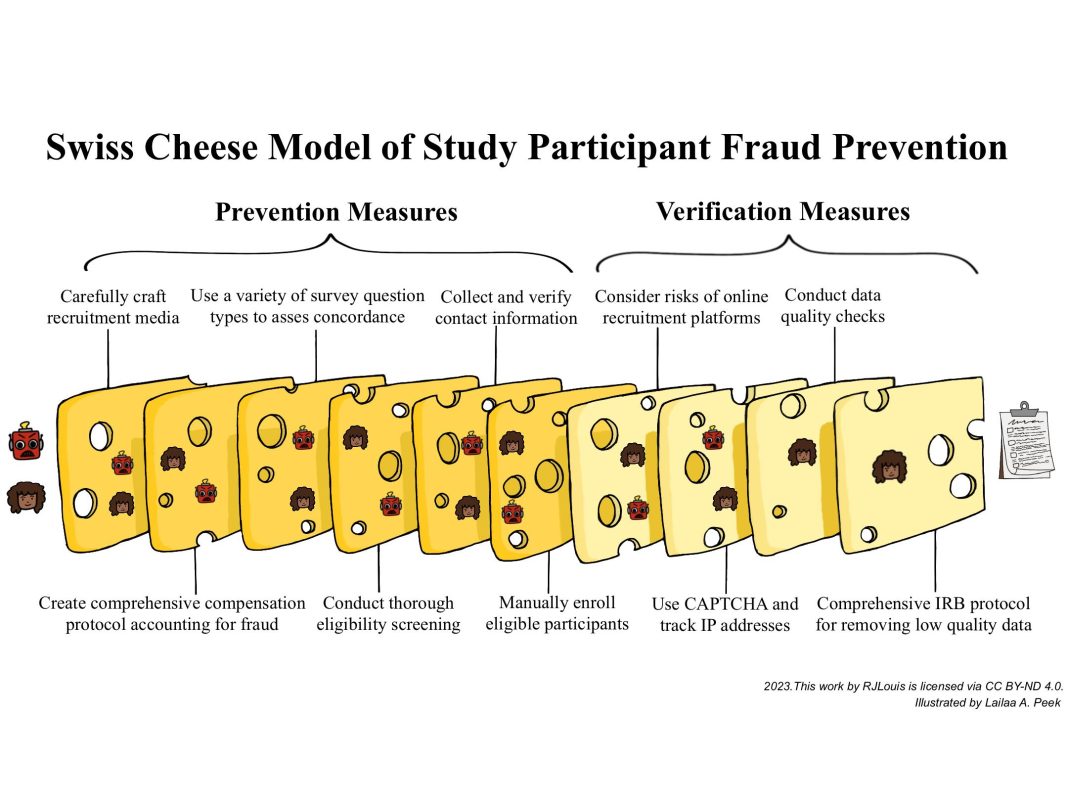In the bustling corridors of global finance, where opportunity and risk dance in a delicate tango, emerging markets present a unique stage for investors and analysts alike. These vibrant economies, with their rapid growth and untapped potential, beckon with promises of high returns. Yet, beneath their allure lies a labyrinth of uncertainties, where credit risk lurks in shadows cast by political instability, volatile currencies, and evolving regulatory landscapes. Understanding how to navigate this complex terrain is not merely an art; it is a necessity for those who seek to harness the power of these dynamic markets. In this authoritative guide, we delve into the intricacies of credit risk analysis in emerging markets, equipping you with the tools and insights needed to make informed decisions in a world where the stakes are as high as the rewards. Whether you’re a seasoned investor or a curious newcomer, join us as we unravel the mysteries of credit risk and illuminate the path to strategic success in the ever-evolving tapestry of emerging economies.
Understanding the Unique Challenges of Emerging Market Credit Risk
Emerging markets present a distinct set of challenges when it comes to assessing credit risk. These challenges often stem from a combination of economic volatility, political instability, and less mature financial systems. Investors and analysts must navigate these complexities to make informed decisions. Some of the unique challenges include:
- Volatile Economic Conditions: Fluctuating exchange rates, inflation, and inconsistent economic growth can make it difficult to predict financial outcomes.
- Political Instability: Changes in government, policy shifts, and geopolitical tensions can significantly impact market conditions and investor confidence.
- Lack of Transparency: Financial data in emerging markets may not be as readily available or reliable, complicating the risk assessment process.
- Regulatory Environment: Inconsistent regulatory frameworks can pose additional risks, requiring thorough understanding and due diligence.
Understanding these challenges is crucial for developing robust strategies to mitigate risk and seize opportunities in these dynamic markets. By focusing on these factors, investors can better position themselves to navigate the complexities of emerging market credit risk.

Key Indicators for Assessing Creditworthiness in Volatile Economies
In the labyrinth of emerging markets, understanding creditworthiness requires a keen eye for specific indicators that can illuminate the path through economic volatility. Macroeconomic stability stands as a foundational pillar; analysts must scrutinize inflation rates, currency stability, and fiscal policies. These elements offer insights into a nation’s economic resilience and its ability to honor debt obligations. Political risk is another critical factor; a stable political environment often correlates with reliable creditworthiness, while political turmoil can signal potential financial instability.
Beyond these, consider the business environment which encompasses regulatory frameworks and ease of doing business. A supportive business climate can foster economic growth and enhance credit reliability. Additionally, assess the financial sector health, focusing on banking stability and access to capital markets. the debt profile of a country, including external debt levels and repayment schedules, can reveal vulnerabilities or strengths in credit assessments. By weaving these indicators together, investors can construct a comprehensive picture of credit risk in the ever-shifting landscapes of emerging markets.
Strategic Approaches to Mitigating Credit Risk in Developing Regions
In the dynamic landscape of developing regions, mitigating credit risk requires a blend of traditional financial acumen and innovative strategies. Strategic diversification is paramount; by spreading investments across various sectors and geographies, lenders can cushion against localized economic downturns. Moreover, leveraging local partnerships can provide invaluable insights into market nuances, enabling more informed decision-making. Collaborating with local financial institutions not only enhances due diligence but also fosters trust and reliability within the community.
Another effective approach is the implementation of technology-driven solutions. Utilizing data analytics and AI, financial institutions can assess borrower risk profiles with greater precision, predicting potential defaults before they occur. This proactive stance is complemented by the adoption of microfinance models, which offer tailored credit solutions to underserved populations, thereby expanding the customer base while managing risk. Additionally, incorporating risk-sharing mechanisms, such as insurance and guarantees, can further safeguard against potential losses, creating a more resilient financial ecosystem in these burgeoning markets.
Leveraging Technology and Data Analytics for Enhanced Risk Evaluation
In the dynamic landscape of emerging markets, the ability to harness technology and data analytics has become indispensable for accurately assessing credit risk. Advanced analytics tools can sift through vast datasets, revealing patterns and insights that traditional methods might overlook. By integrating machine learning algorithms, financial institutions can predict potential defaults with greater precision, considering factors such as geopolitical events, currency fluctuations, and local economic indicators. This proactive approach not only mitigates risk but also enhances decision-making processes.
To further bolster risk evaluation, organizations should focus on the following strategies:
- Utilizing real-time data to monitor market changes and adjust risk models accordingly.
- Implementing cloud-based platforms for scalable and flexible data management solutions.
- Collaborating with local data providers to gain deeper insights into regional market dynamics.
- Adopting blockchain technology for transparent and secure data transactions.
By embracing these technologies, businesses can not only navigate the complexities of emerging markets but also unlock new opportunities for growth and innovation.





